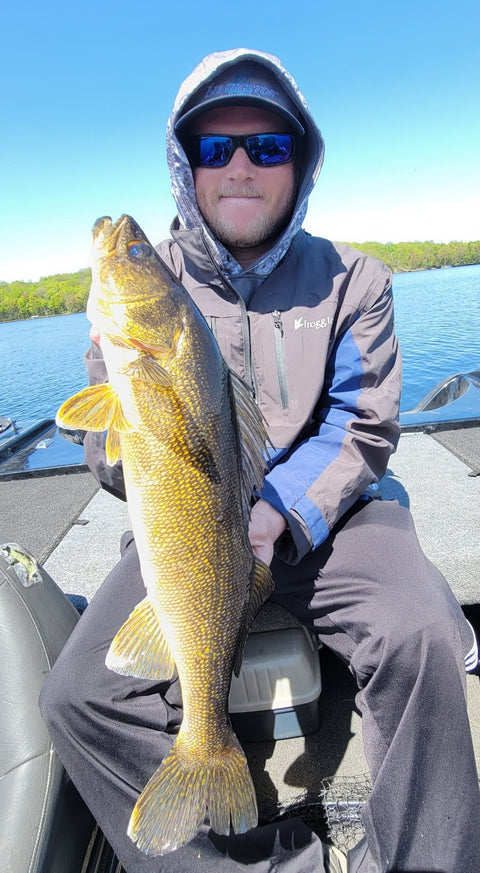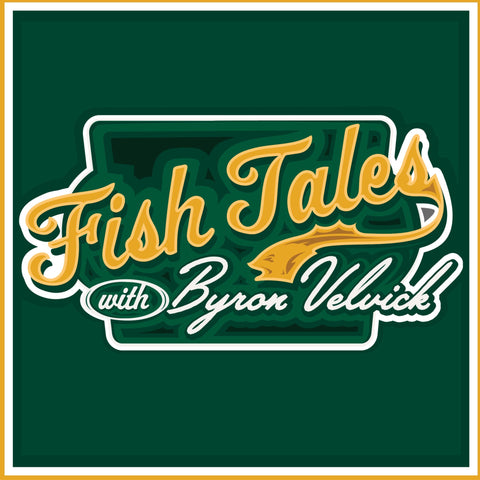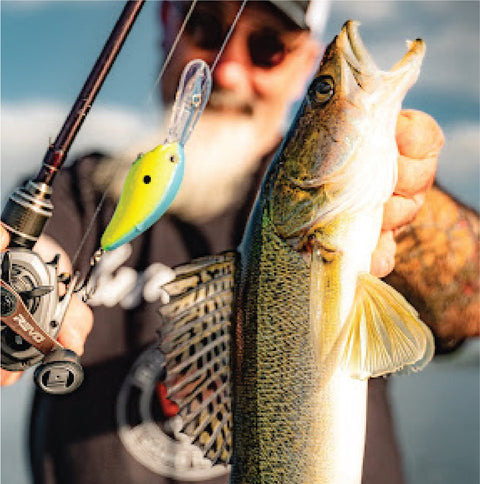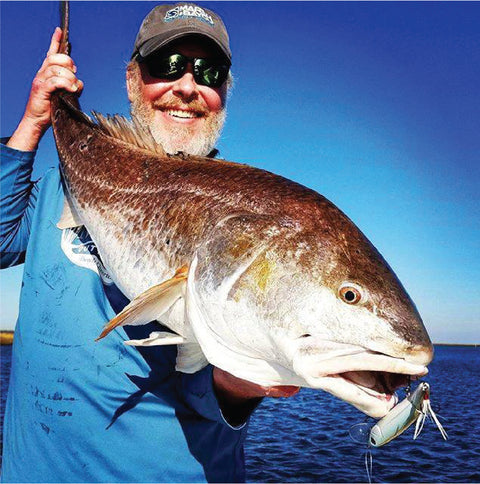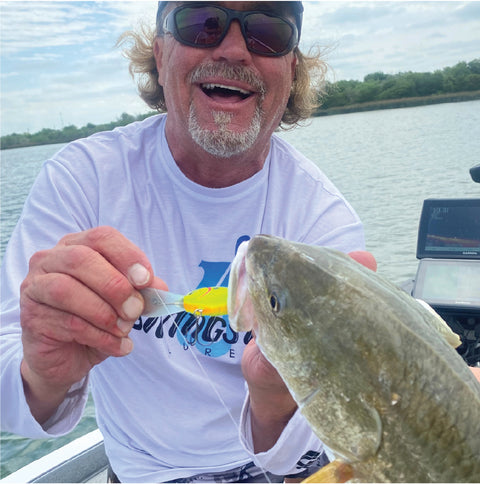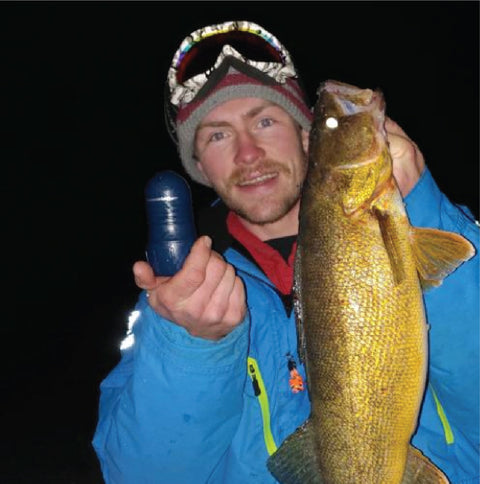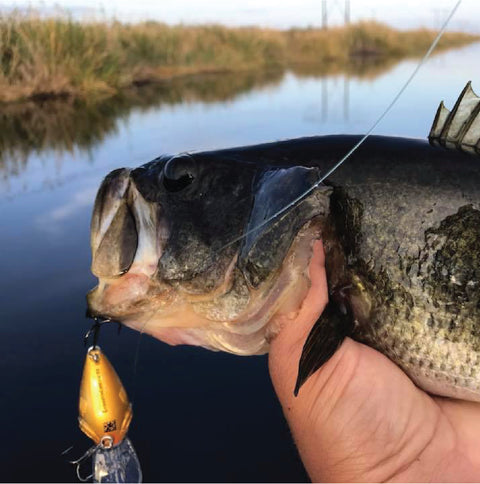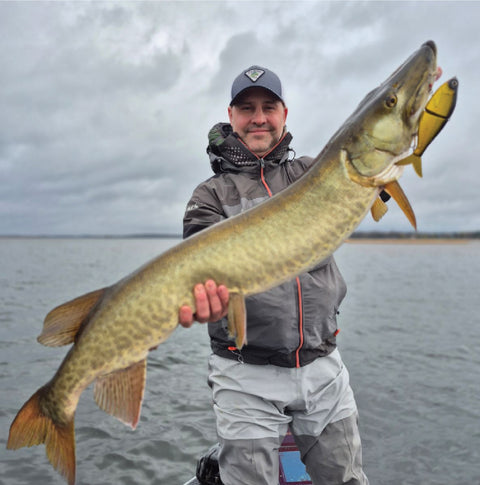Topwater Bass Tactics: Scott Canterbury’s Early Summer Strategies with Livingston Lures

As an NPFL Pro, Bassmaster Elite Series veteran, and 2019 Angler of the Year, Scott Canterbury is a master of topwater fishing, especially in early summer when bass aggressively hunt in shallow waters. In a recent interview, Canterbury shared his expert tactics for targeting big bass using Livingston Lures’ Plopmaster, Walking Boss, and Walking Boss Jr., paired with the right gear and techniques to trigger explosive topwater strikes around bream beds and shallow cover.

Targeting Bream Beds and Shallow Cover
Canterbury’s topwater strategy excels in early to mid-summer, when bass focus on bream beds in shallow, grassy lakes or clear-water environments. “Big bass love hanging around bream beds for easy meals,” he says. The Plopmaster, a tail-prop topwater bait from Livingston, is ideal for covering water quickly to locate cruising bass or “wolf packs” in shallow zones. Around bream beds, Canterbury slows his retrieve to keep the bait in the strike zone, capitalizing on bass aggression. The Walking Boss and smaller Walking Boss Jr. offer versatility, with the latter perfect for finesse presentations when bass are cautious.
The Livingston Lures Advantage
Livingston Lures stand out due to their patented Electronic Baitfish Sound (EBS) technology, which Canterbury credits for extra bites on heavily pressured lakes. “That EBS sound mimics distressed baitfish, drawing in hesitant bass,” he explains. “It’s a game-changer for tournament pros and weekend anglers alike.”

Key Surface Signs for Topwater Success
To maximize topwater bites, Canterbury advises anglers to watch for these environmental clues:
- Bream Beds: Look for light-colored circles near banks or shallow grass where bluegill spawn. Big bass lurk nearby, ready to ambush.
- Bugs on the Surface: Areas with mayflies, cicadas, or other insects attract rising bass, making them prime topwater targets.
- Shad Spawns: Early mornings near hard cover, riprap, or seawalls, flickering shad signal feeding frenzies perfect for topwater baits.
- Nervous Baitfish: Minnows skittering around docks, laydowns, or manmade cover indicate nearby predators, setting up ideal topwater strikes.
- Manmade Cover: Docks, walls, and marina slips are ambush points for bass, especially early or late in the day. Work baits parallel to edges or skip under overhangs.
By recognizing these signs and adjusting your approach, you can significantly boost your topwater success.
Gear Setup for Maximum Efficiency
Canterbury’s gear is tailored for precision and performance:
- Line: He uses P-Line Zero Fade Endurance Braid (40-pound test) for its castability and strength. For finesse baits like the Walking Boss Jr., he may switch to P-Line fluorocarbon.
- Reel: The KastKing Deadbolt reel ensures long, smooth casts, especially with the Plop Master.
- Rods: Canterbury relies on Chaotic Rods, favoring a 7’3” medium-heavy for most scenarios and a 7’6” medium-heavy for longer casts over open flats or grass. “These rods are incredibly light and sensitive, perfect for long days,” he notes.
Mastering Early Summer Topwater
Canterbury’s early summer strategy leverages bream beds, fast but accurate coverage with the Plopmaster, and Livingston’s EBS technology to trigger heart-pounding strikes. By combining sharp observation of surface activity with the right gear and baits, anglers can replicate his success on their own home waters. Keep your eyes peeled, adapt to conditions, and get ready for unforgettable topwater blowups.
Scott Canterbury



